During a recent walk in the park, I gathered a handful of vibrant green spruce tips. Their fresh, citrusy flavour is not only delightful but also packed with nutrients. Sharing them with my 4-year-old was a joy—he eagerly tasted them, his face contorting with the sourness, yet reaching for more.
Expressing gratitude to the tree after foraging felt natural. It was one of the most fulfilling walks I’ve had in months.
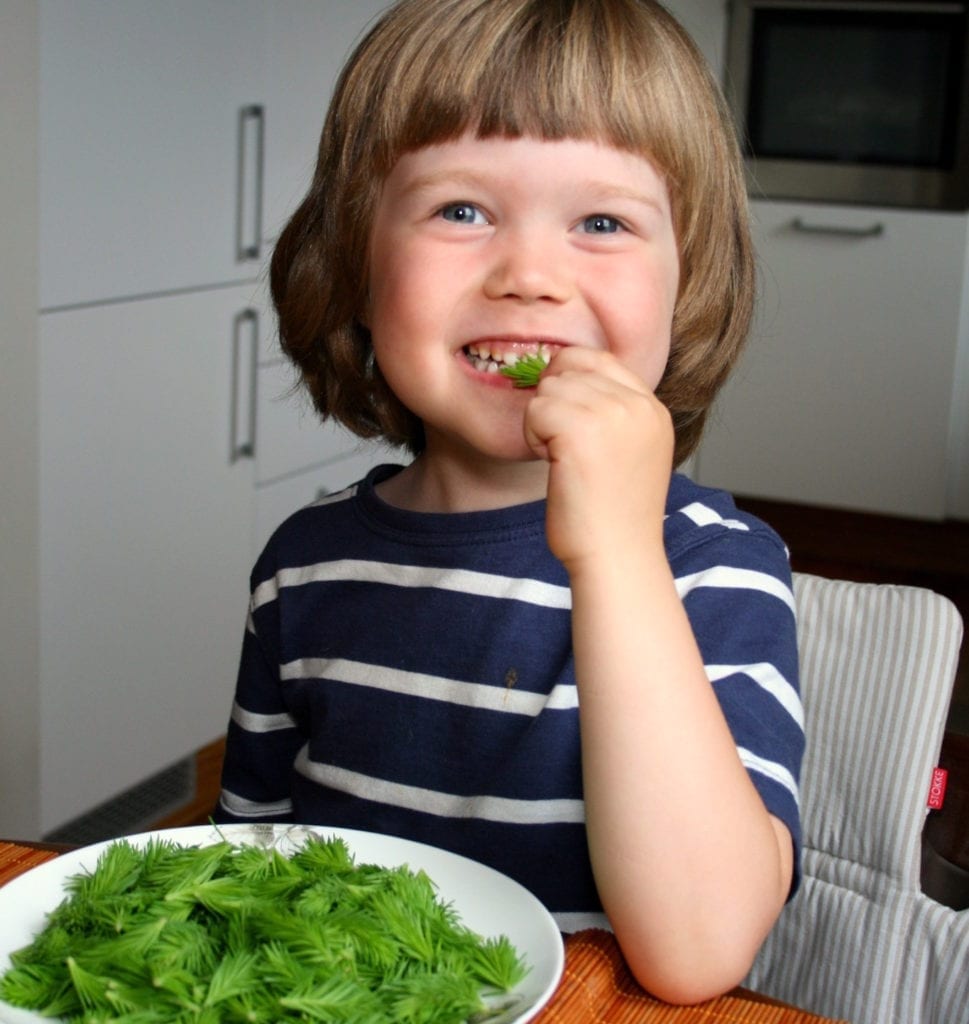
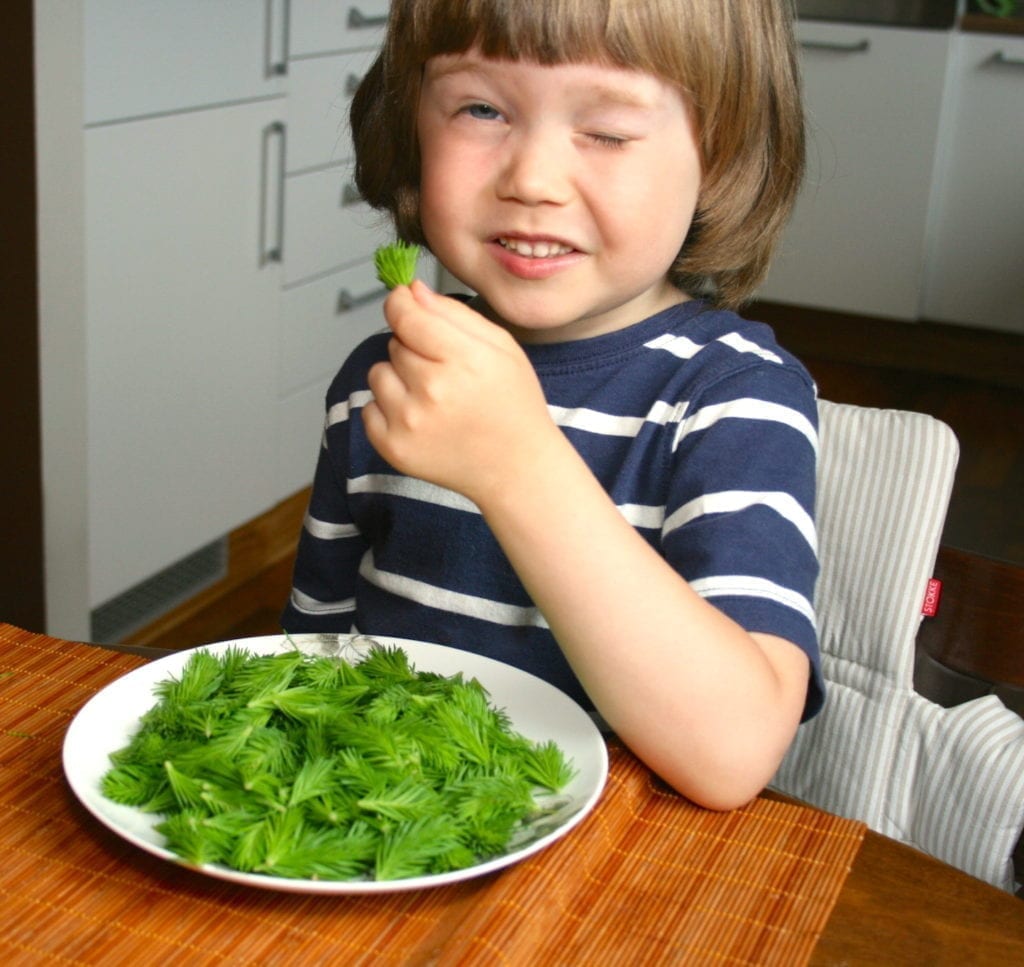
Where Do Spruce Trees Grow?
Spruce trees (genus Picea) are native to the northern temperate and boreal regions of the Northern Hemisphere. They thrive in:
- North America: From Alaska across Canada to the northeastern United States.
- Europe: Widely across Scandinavia, the Alps, and Eastern Europe.
- Asia: Including parts of Siberia, the Himalayas, and northern Japan.
These trees are well-adapted to cold climates and are commonly found in taiga and mountainous regions.
What Are Spruce Tips?
Spruce tips are the young, tender shoots that emerge at the ends of spruce branches in spring. Their bright green hue and soft texture make them easily distinguishable from mature needles.
Benefits of Eating Spruce Tips
Rich in Vitamin C
Spruce tips are exceptionally high in vitamin C, a vital antioxidant that supports immune function, collagen synthesis, and adrenal health. Consuming them fresh, frozen, or dried can help maintain adequate vitamin C levels, especially during winter months.
Abundant in Carotenoids
These young shoots contain carotenoids, including beta-carotene, which the body converts into vitamin A. This nutrient is essential for vision, immune response, and skin health.
Mineral-Rich
Spruce tips are a good source of minerals like potassium and magnesium, which are crucial for muscle function, nerve transmission, and maintaining fluid balance.
Traditional Respiratory Remedy
Historically, indigenous communities have used spruce tips to alleviate respiratory ailments such as coughs and sore throats, owing to their expectorant and soothing properties.
High in Chlorophyll
The vibrant green colour of spruce tips indicates a high chlorophyll content, which aids in tissue repair, detoxification, and oxygen transport in the body.
8+ Ways to Use Spruce Tips
- Fresh Snacking
Enjoy them raw for a zesty, citrus-like flavour. Freeze them for longer keeping. - Smoothies and Salads
Chop and add them to smoothies or salads for a nutritional boost. For example add them to Kiwi-Avocado Smoothie - Herbal Tea
Steep dried tips in hot water to make a soothing tea that can help with respiratory issues. - Culinary Herb Substitute
Use them in place of rosemary to season dishes like soups, stews, and roasted vegetables. - Infused Water
Add chopped tips to water and let it infuse for a refreshing, vitamin-rich drink. - Season your soups, pastas, stews, curries etc. with chopped spruce tips. It is also a great way to enhance mineral absorption from grains and legumes. Recipe ideas: artichoke-bean stew, tortilla bowls.
- Pesto
Blend spruce tips with nuts, garlic, lemon juice, and olive oil for a unique pesto. Here’s my vegan oil-free pesto with spruce tips, pine nuts, basil, and nutritional yeast. - Sautéed Dishes
Incorporate them into sautéed mushrooms or other vegetable dishes for added flavour. For example, try out sautéed mushrooms with spruce tips and chives. - Fermented or Pickled
Preserve them by pickling, which can enhance their flavour and extend their shelf life.
Note: While some enjoy spruce tip syrup, be mindful of the high sugar content, which can negate some health benefits.
How to Forage Spruce Tips Responsibly
Here’s how it is advised to pick spruce tips:
- Distance from Pollution:
Harvest at least 100 metres away from roads to avoid contaminants.
- Sustainable Picking:
Only take a few tips from each tree and avoid over harvesting from a single branch to ensure the tree’s healthy growth.
- Selective Harvesting:
Focus on shaded, lower branches, which are less vital to the tree’s upward growth. [source video]
- Proper Identification:
Ensure you’re picking spruce tips and not those from potentially harmful trees like yew.
- Mindful Foraging:
Before harvesting, take a moment to connect with the tree. Ask for permission and, after collecting, express gratitude. This practice fosters a respectful relationship with nature.
By following these guidelines, you can enjoy the benefits of spruce tips while preserving the health of the trees and the ecosystem.
Sources:
- https://www.britannica.com/plant/spruce
- https://treespnw.forestry.oregonstate.edu/conifer_genera/spp/spruce_spp.html
- https://urbanipm.montana.edu/entomology/resources/fact-sheets/spruce-trees-in-montana.html
- Sirgedaitė-Šėžienė V, Lučinskaitė I, Mildažienė V, Ivankov A, Koga K, Shiratani M, Laužikė K, Baliuckas V. Changes in Content of Bioactive Compounds and Antioxidant Activity Induced in Needles of Different Half-Sib Families of Norway Spruce (Picea abies (L.) H. Karst) by Seed Treatment with Cold Plasma. Antioxidants (Basel). 2022 Aug 11;11(8):1558. doi: 10.3390/antiox11081558. PMID: 36009278; PMCID: PMC9405162. https://pmc.ncbi.nlm.nih.gov/articles/PMC9405162/
- Jyske T, Järvenpää E, Kunnas S, Sarjala T, Raitanen JE, Mäki M, Pastell H, Korpinen R, Kaseva J, Tupasela T. Sprouts and Needles of Norway Spruce (Picea abies (L.) Karst.) as Nordic Specialty-Consumer Acceptance, Stability of Nutrients, and Bioactivities during Storage. Molecules. 2020 Sep 12;25(18):4187. doi: 10.3390/molecules25184187. PMID: 32932686; PMCID: PMC7570650. https://pmc.ncbi.nlm.nih.gov/articles/PMC7570650/
- https://www.maine.gov/dacf/mfs/publications/handbooks_guides/forest_trees/pdf/Spruce.pdf
- https://canadianpinepollen.com/en-eu/blogs/news/spruce-tips-pine-needles-and-vitamin-c-everything-you-need-to-know
- https://www.calicoandtwine.com/blog/spruce-tips-benefits-and-uses
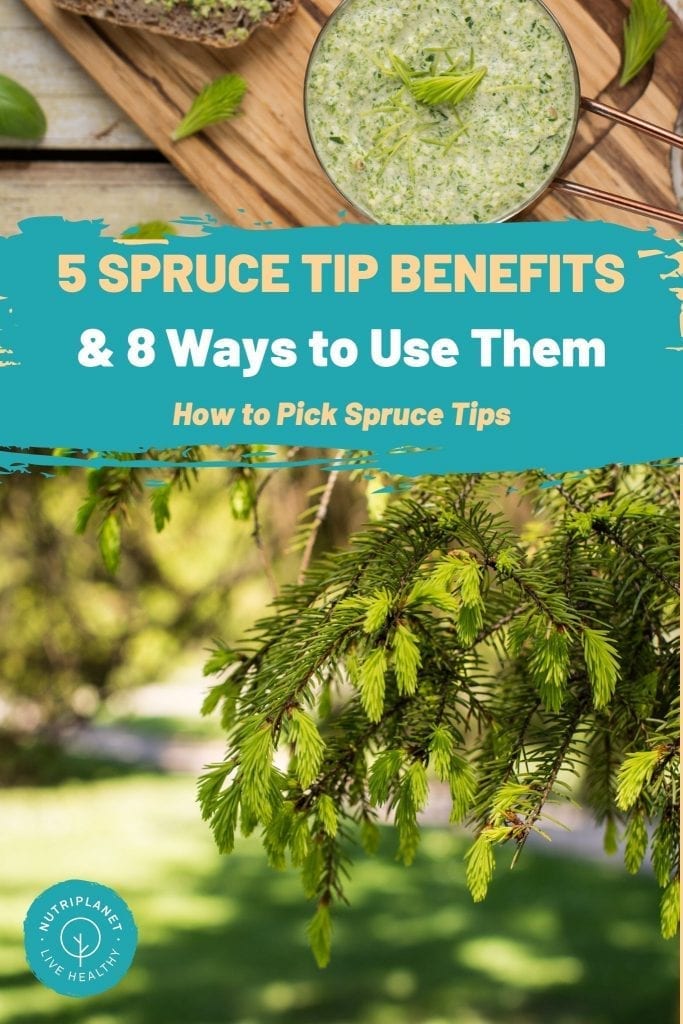













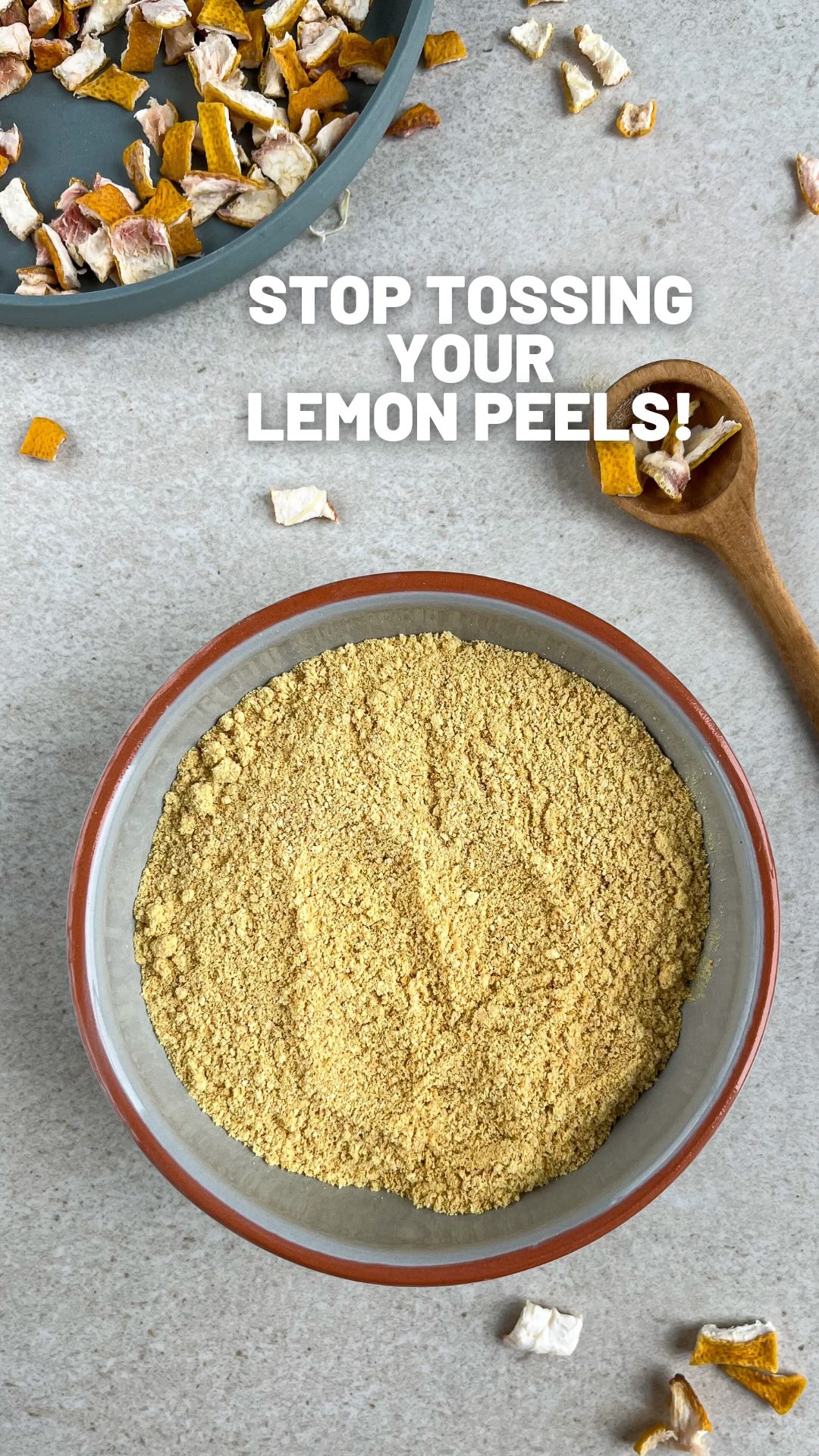
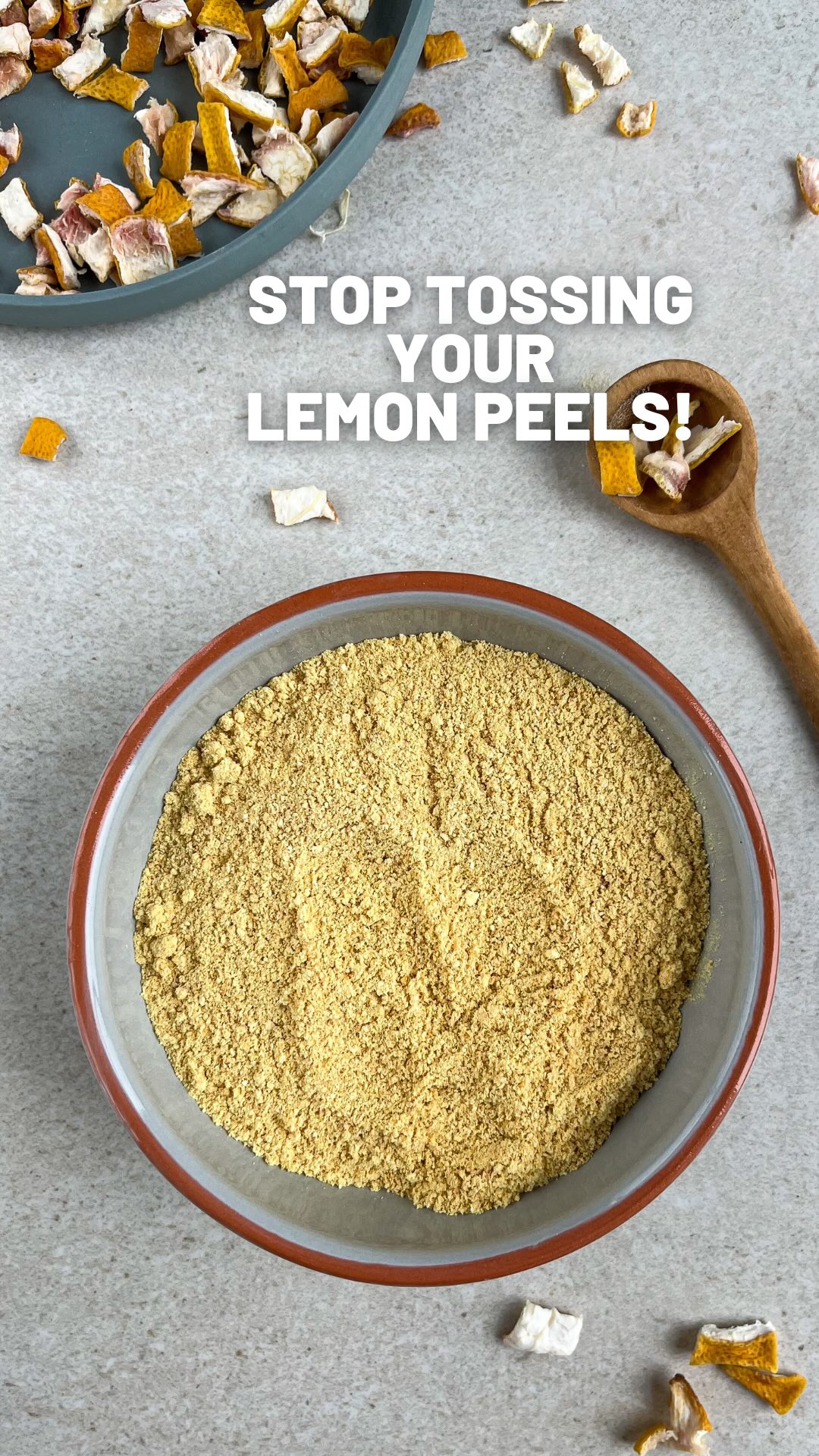

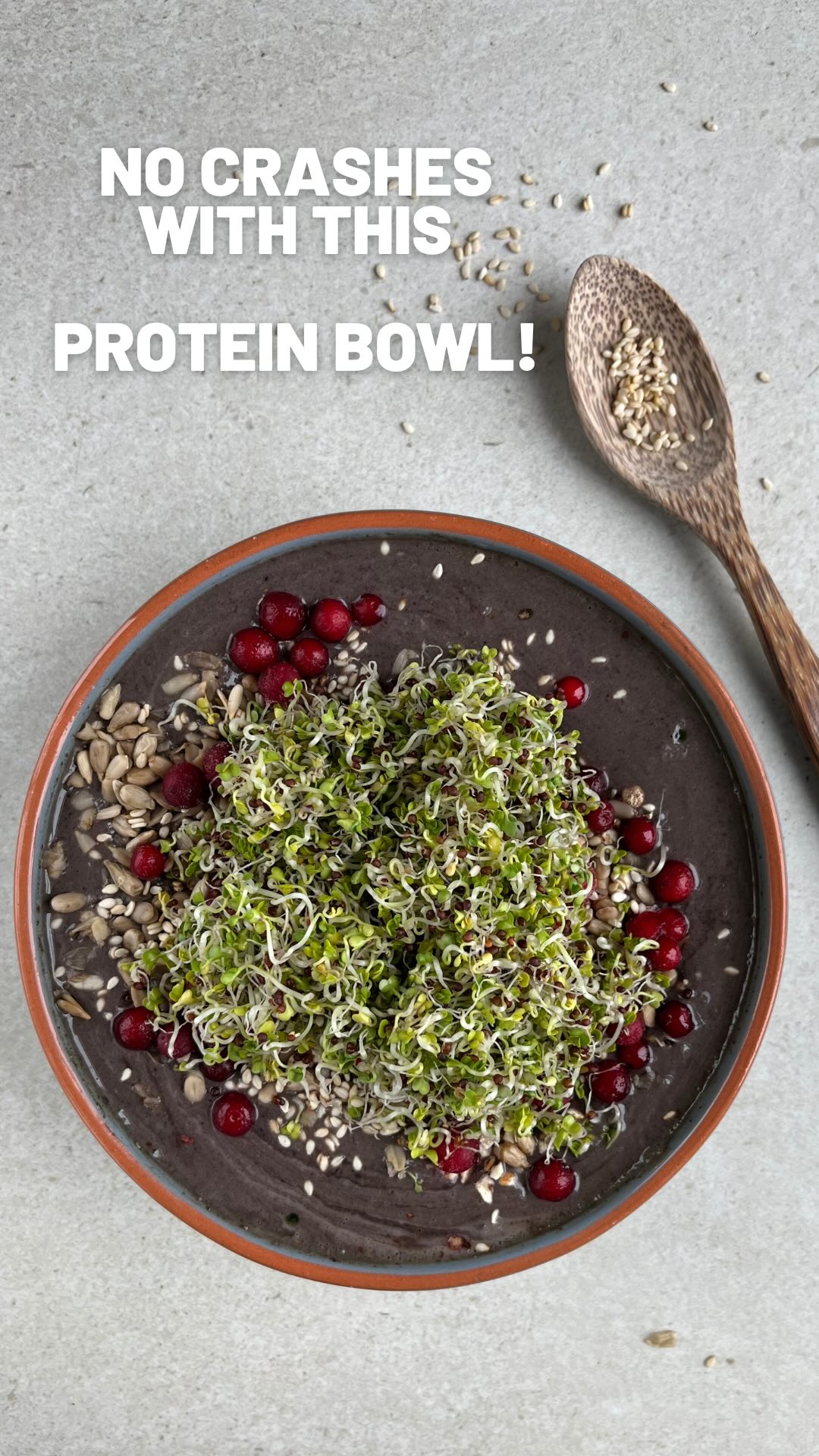











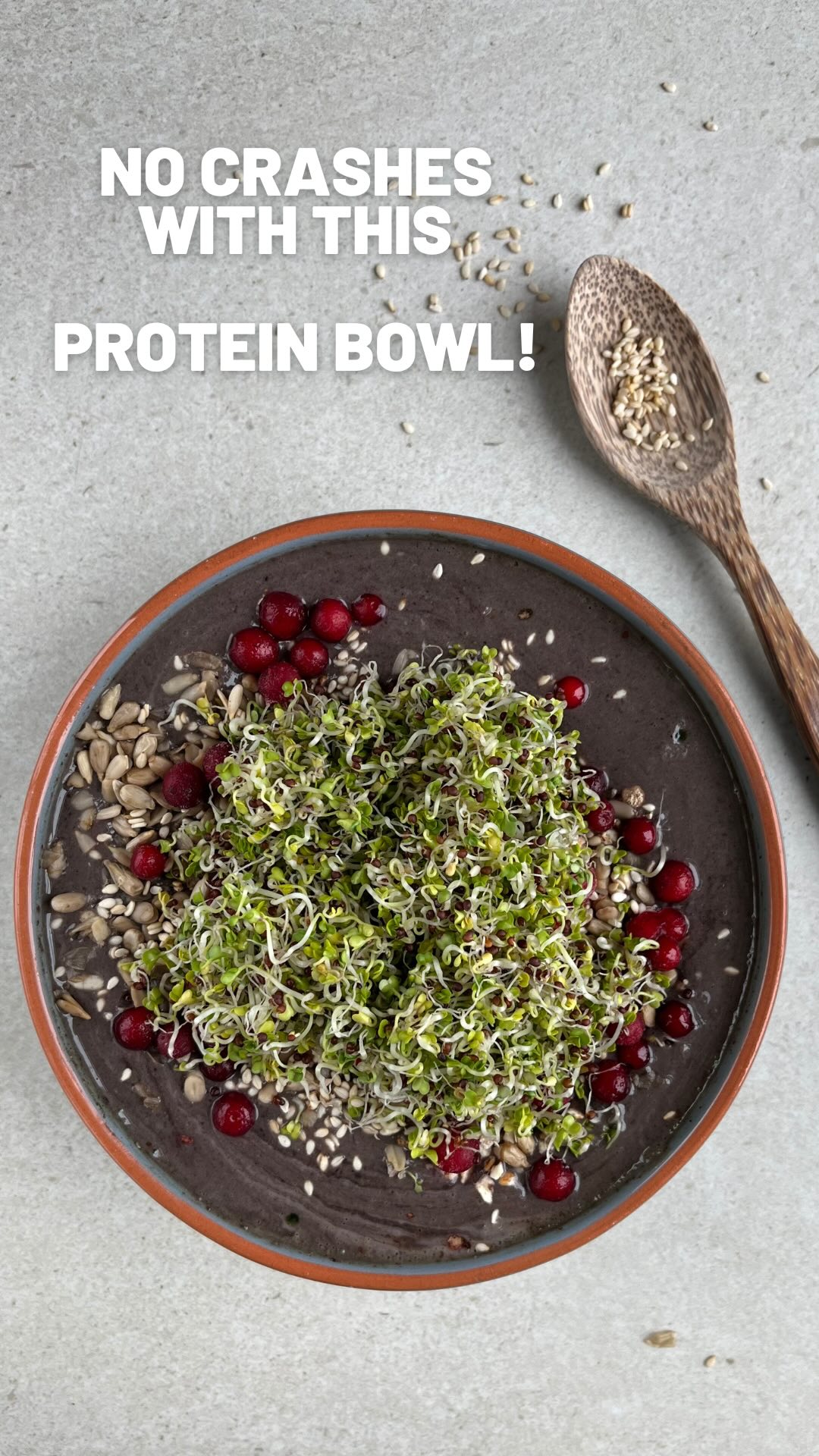




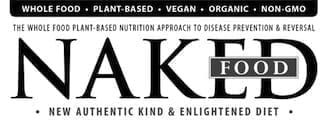


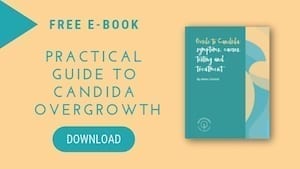

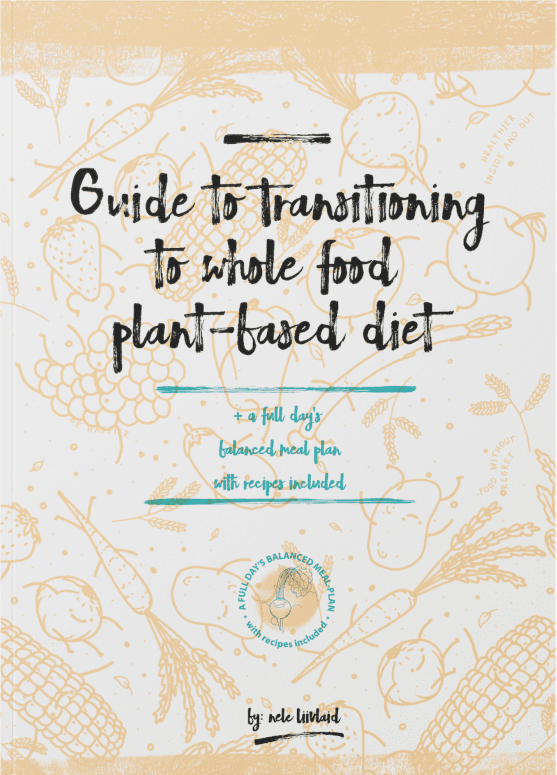
Hi Nele,
I also have never heard of this before and I’m very much interested in this. Especially the ice cream recipe I found where can i buy these I looked on Amazon could not find them anywhere can you share a link of where I can purchase these? Thank you so much. Mark
Hi Mark,
You can’t buy spruce tips on amazon! I’m afraid you’re going to need to wait until spring and pick them yourself 🙂
All the best!
Thanks for these great tips Nele.
I’m going out to pick some today. Love your recepie ideas.
I’m going to try them on grilled salmon and halibut.
Greg in Alaska
Great Greg! No spruce tips here yet! 🙂
They were a little late this year in Ontario, but I picked a bunch today from my tree in the front yard and sprinkled them on my smashed potatoes. What is the safest way to preserve them? Spread them on a sheet to freeze and then bag, or dry them in a low oven to use like rosemary? I tried freezing last year’s batch, but they looked a little brown.
Hi! Just picked some myself this morning 🙂 I freeze them as they are and they don’t turn brown. For a few days it’s also ok to keep them refrigerated.
Hoe do I dry them?
Hi! Why do you need to dry them?
I store them in freezer as they are. Should you still wish to dehydrate them, lay them out on a tray and simply let them dry.
All the best!
I have often made either spruce or pine needle tea while on extended hiking/wilderness trips. For the tea you do not need the spring “tips”…any handful of the green needles will suffice.
Thank you for your tips Edwin!